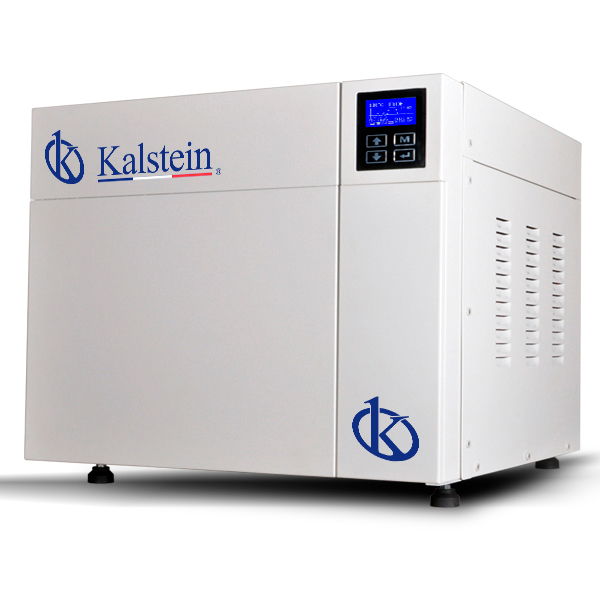The autoclave is a device designed to sterilize contaminated material and media, in order to reliably eliminate microorganisms that would otherwise be present in objects that are used in diagnostic, treatment or research activities in hospitals and laboratories health institutions .It is a metal container with thick walls and airtight seal that allows working with high pressure and high temperature steam.
This equipment inactivates all viruses and bacteria, since the joint action of temperature and steam produces the denaturation of the proteins of microorganisms, including those essential for the life and reproduction of these, a fact that leads to their destruction. Its inventor was Charles Chamberland in 1879.
How does an autoclave work?
Autoclaves are used to sterilize equipment and supplies by subjecting them to saturated steam at high pressure at 121 ° C for about 15 to 20 minutes depending on the size of the load and the contents. The complete sterilization process in an autoclave consists of different phases:
- Purge phase: As the resistance heats the water in the bottom of the boiler, steam is produced that displaces the air, leaving it through the purge valve that is open. This phase ends when the sterilization temperature is reached.
- Sterilization phase: Once the purge valve is closed and the previously selected sterilization temperature has been reached, the sterilization process begins.
- Discharge phase: Once the sterilization process is over, the heating resistance stops working, leaving steam to stop producing and the pressure and temperature of the boiler begins to gradually decrease.
What is sterilization?
Sterilization describes the procedure of ridding objects and materials of living microorganisms, therefore it is essential in the medical sector. Sterilization is above disinfection, and is applied when disinfectants do not guarantee sterility testing. Sterilization can be performed by thermal or chemical procedures. For this, a range of devices that allow sterilization is offered in sterilization, this includes, for example, autoclaves.
What considerations should we take into account for proper sterilization of the material?
- For sterilization of culture media to be effective, the selected temperature and time must be achieved throughout the liquid. Since the transmission of heat in the liquid of the vessels is carried out from the outside inwards, it is evident that the efficiency of the process will depend on the volume of liquid.
- In general, it is not convenient to sterilize large and small containers together. In any case, the temperature and time will be selected according to the volume of the containers.
- Hermetically sealed containers must be introduced into the autoclave without completely closing the cap, to facilitate the entry of steam during the process. When emptying the autoclave after sterilization we will proceed to completely close these containers.
- Empty containers require a longer sterilization time than containers with liquid inside.
- Autoclaves are available in many sizes, the small ones are desktop and the larger ones are complex equipment that requires a large amount of pre-installation for their operation. In order to measure its size, the volume of the sterilization chamber is usually taken as a reference, which is measured in cubic centimeters or liters. Depending on their operation they are semi-automatic or automatic.
What should you know before using an autoclave?
Autoclaves use high pressure and high temperature steam for sterilization. The risks are potential and therefore it is necessary to follow certain considerations to avoid possible dangers:
- Skin burns can be caused by manipulating the walls and door of the autoclave chamber.
- The residual steam that leaves the autoclave and the materials at the end of the cycle of use.
- Injuries to hands and arms when closing the door.
- Bodily injury if there is an explosion.
In Kalstein we have designed autoclaves that efficiently meet the strict safety and sterilization requirements of large health centers. That's why we invite you to take a look at our one of the autoclaves available at HERE

